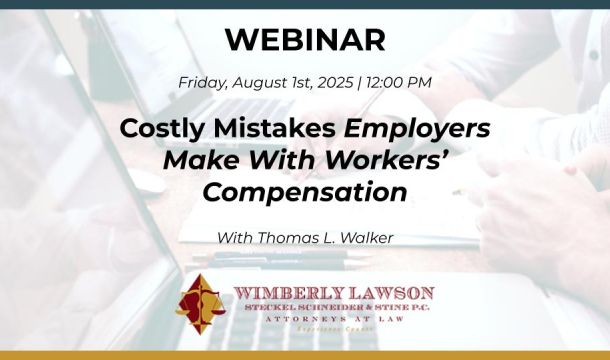This is What Happens When You Can’t Keep Your Story Straight
I've said it before, and I will say it again: when an employer makes a decision to terminate an employee, the decisionmaker(s) had better be able to articulate all of the reasons for the termination decision from the date of that decision forward. When a decisionmaker articulates different or conflicting reasons for a termination decision, if that decision ends up in litigation, that inconsistency is going to result in a jury trial.
A recent example comes to us from Pennsylvania and involves Fedex. Last week, a federal court in Pennsylvania denied Fedex's motion for summary judgment in an age discrimination case brought by a 45-year-old sales executive, Justine Larison, who was fired by FedEx and replaced with a 38-year-old. (Larison v. Fedex Corp. Servs., Inc., 2017 BL 196229, E.D. Pa., No. 16-5921, 6/9/17). The evidence showed that two younger sales executives—ages 34 and 31—did worse than Larison on the sales metric used to justify Larison's discharge, but they weren't terminated. Their common supervisor testified that she expected more of Larison because she'd been in the position eight years versus their two years and one year, respectively.
But then the 34-year-old supervisor also testified that the "entire sales team" was held to the same standard, regardless of experience. There's the inconsistency. Because of this inconsistency, the district court decided that a jury should review whether Larison was held to a higher standard because of her age.
Note also that that the gap in age between Larison and her replacement was only 7 years. The Court found that the gap in age between a discharged worker and her replacement doesn't need to be overly lengthy—even as short as 5 years-- to support a claim under the Age Discrimination in Employment Act.
Pro tip: Be thorough in identifying the reasons for an employment decision before the decision is communicated to the employee. If there is any concern about whether the decision could result in litigation, have qualified counsel review the decision and the reasons for it. Document those reasons. Be consistent in communicating those reasons to the employee and afterwards.

Kathleen J. Jennings is a former principal in the Atlanta office of Wimberly, Lawson, Steckel, Schneider, & Stine, P.C. She defends employers in employment matters, such as sexual harassment, discrimination, Wage and Hour, OSHA, restrictive covenants, and other employment litigation and provides training and counseling to employers in employment matters.
Related Content
Get Email Updates
Recent Content

How to Audit Employment Discrimination Laws Compliance

TPS Update (As of 6/17/2025)

TPS Designation for Honduras and Nicaragua Automatically Extended, But the Date is Uncertain

President Trump Discourages Criminal Enforcement of Agency Rules

Supreme Court Suggests Trump Can Fire Agency Heads without Cause
